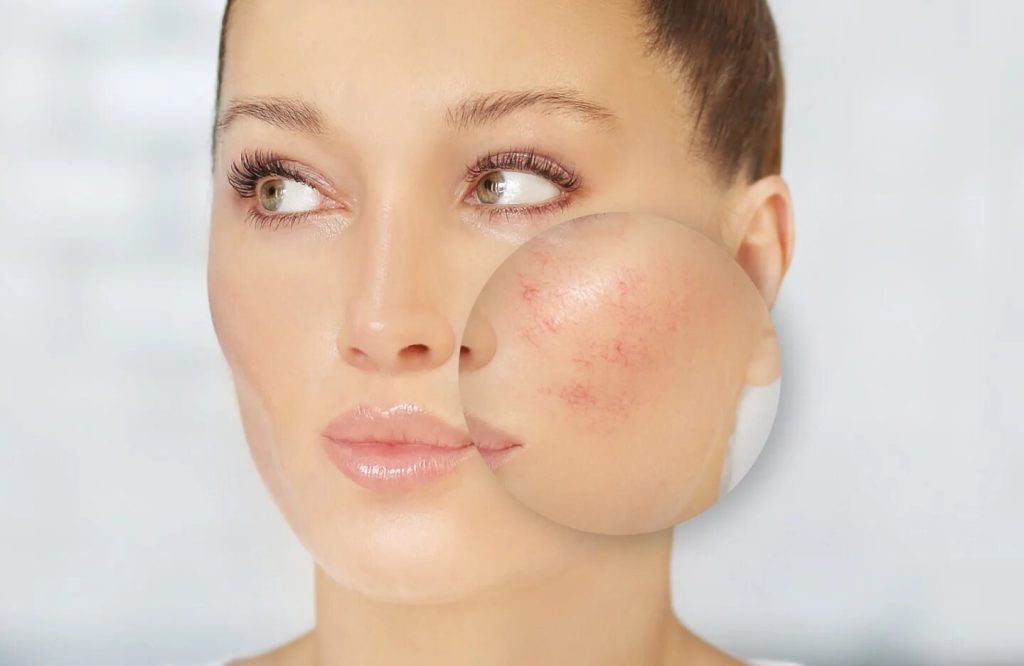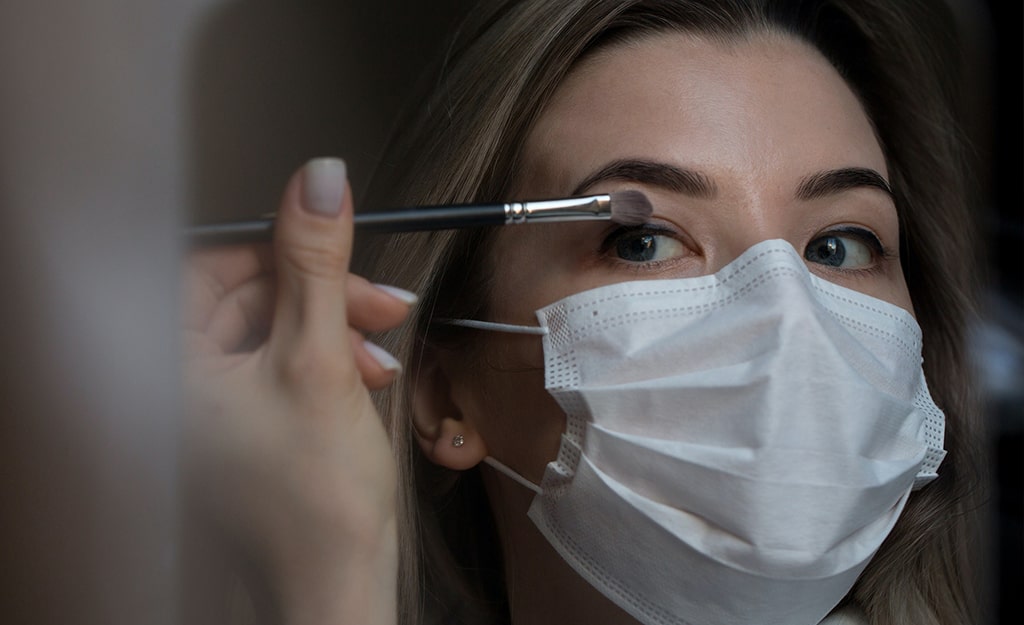Human Demodex is the parasite that is recognized as the most hidden culprit behind a variety of skin ailments such as acne, dermatitis, and rosacea. It lives by draining away the vital nutrients of the hair follicles as well as subcutaneous glands, the two major places where it thrives! According to Facedoctor.ca, around 97.68% of adults inadvertently carry these mites under the skin. This figure comes from global clinical observations of Dr. Qu Kui Zun over a period of 57 years. Demodex thrives and multiples in just two weeks, as a result of which all vital nutrients get sapped and that the pores get enlarged to leave the skin inflamed and rough. The final outcomes are inflammation of the flanking tissues, hair loss, skin inflammation, and infected subcutaneous glands. When Demodex are present in numerous quantities, the damage is extensive. This is evident when the increased mite activity leads to acne and rosacea.
One way to diagnose these skin conditions is to have the Demodex count. With the help of a sebum inspecting tool, the doctor tends to localize the sebum, quantify it, and inspect the contained Demodex mites. This gives the Demodex count per person, which is also known as the intensity of Demodex parasitity in the skin. This is technically termed as ‘Demodex Infectiosity’.
Demodex infectiosity is nothing but the density of the parasite in the skin and that it refers to the count of the micro-organism. It can be either low or high. Demodex infectiosity is quite different from the incidence or infestation rate. While infectiosity is quantitative, the incidence is qualitative in nature. This is the only difference between the two, as the location, count, and sebum quality are same in case of incidence. Provided that Demodex thrives in the human skin, it is considered as the incidence or infestation rate irrespective of the count.











